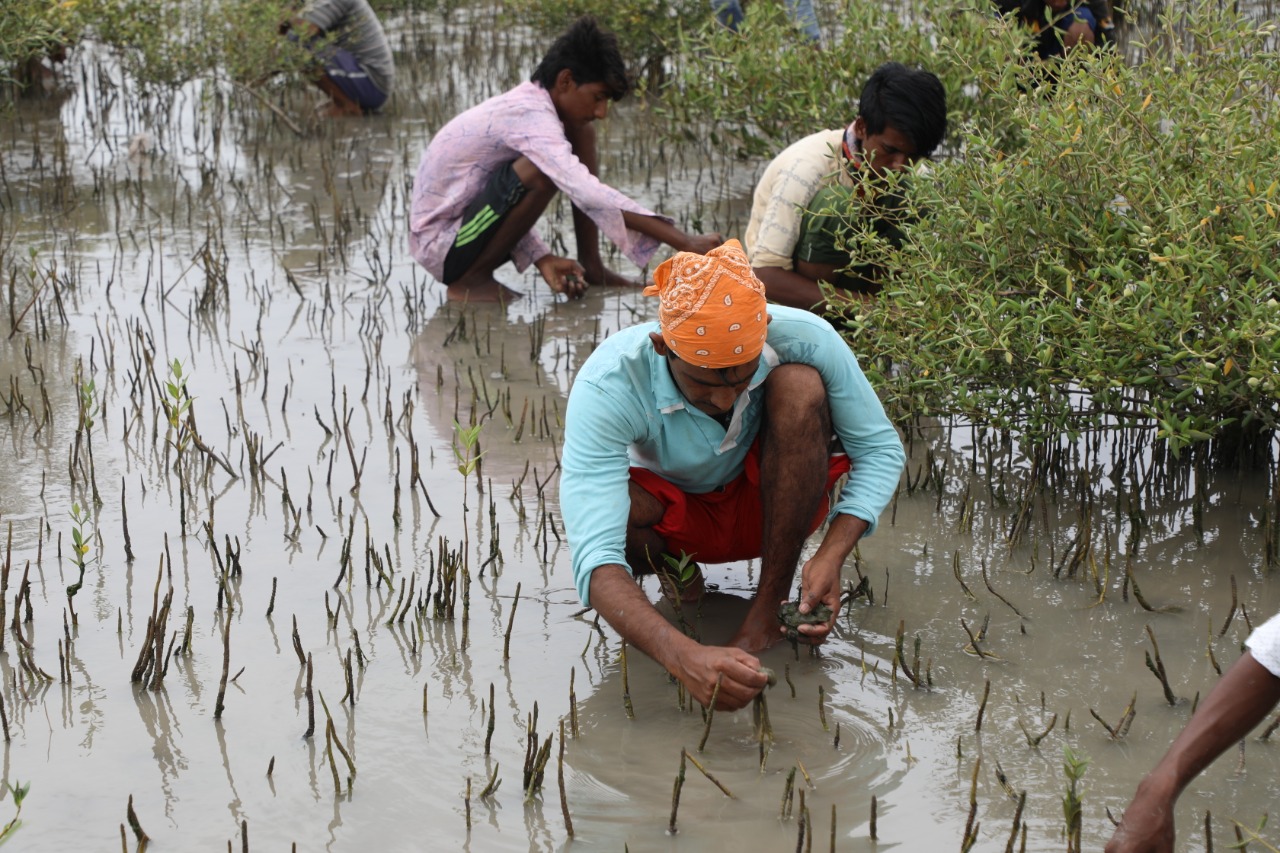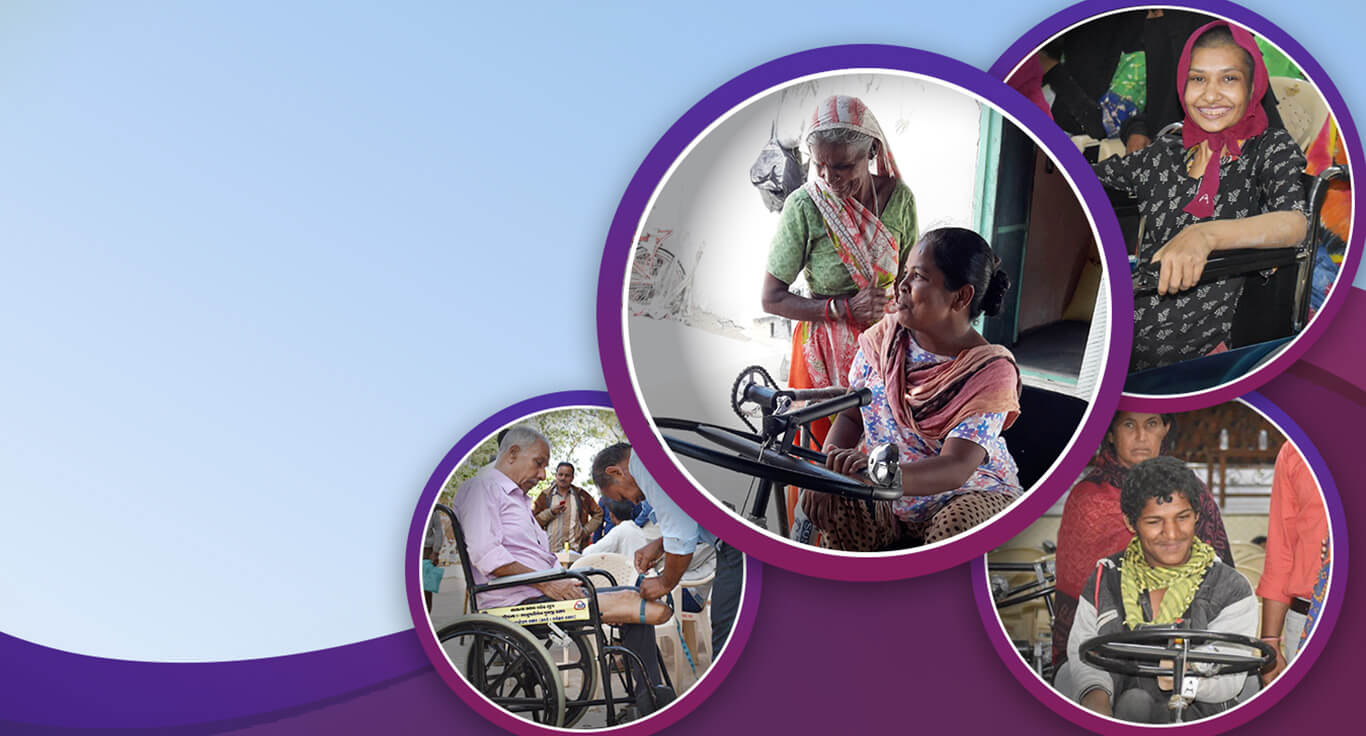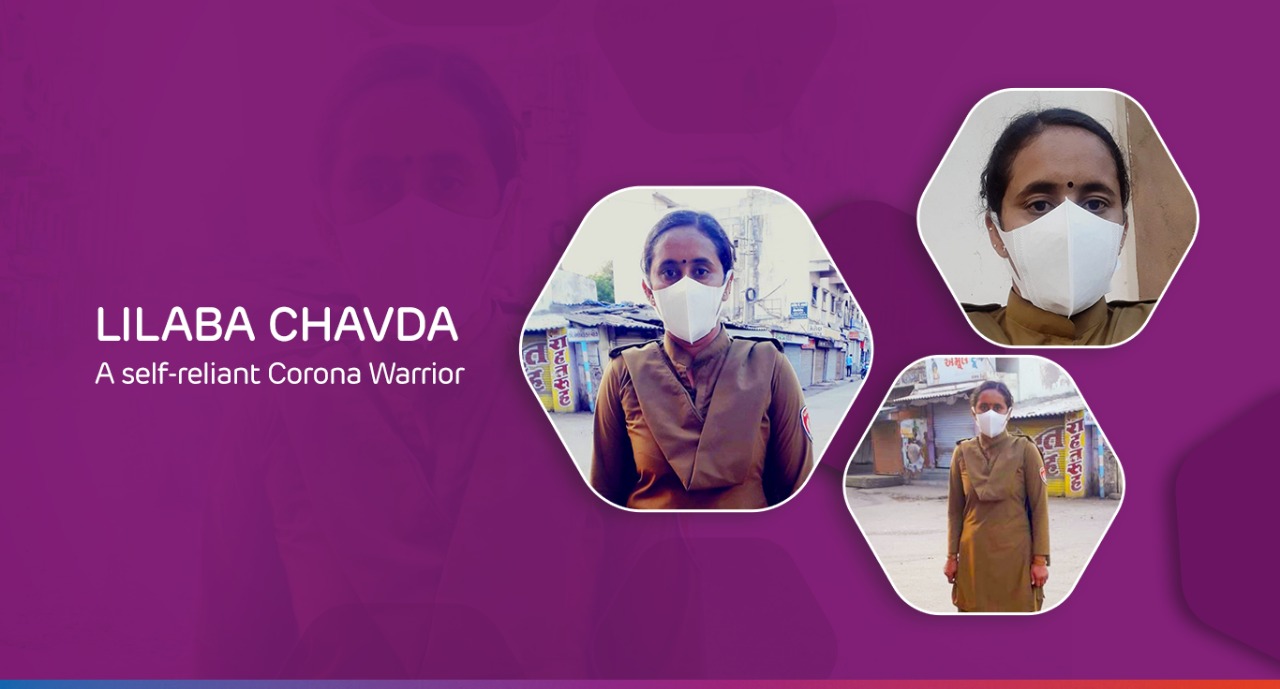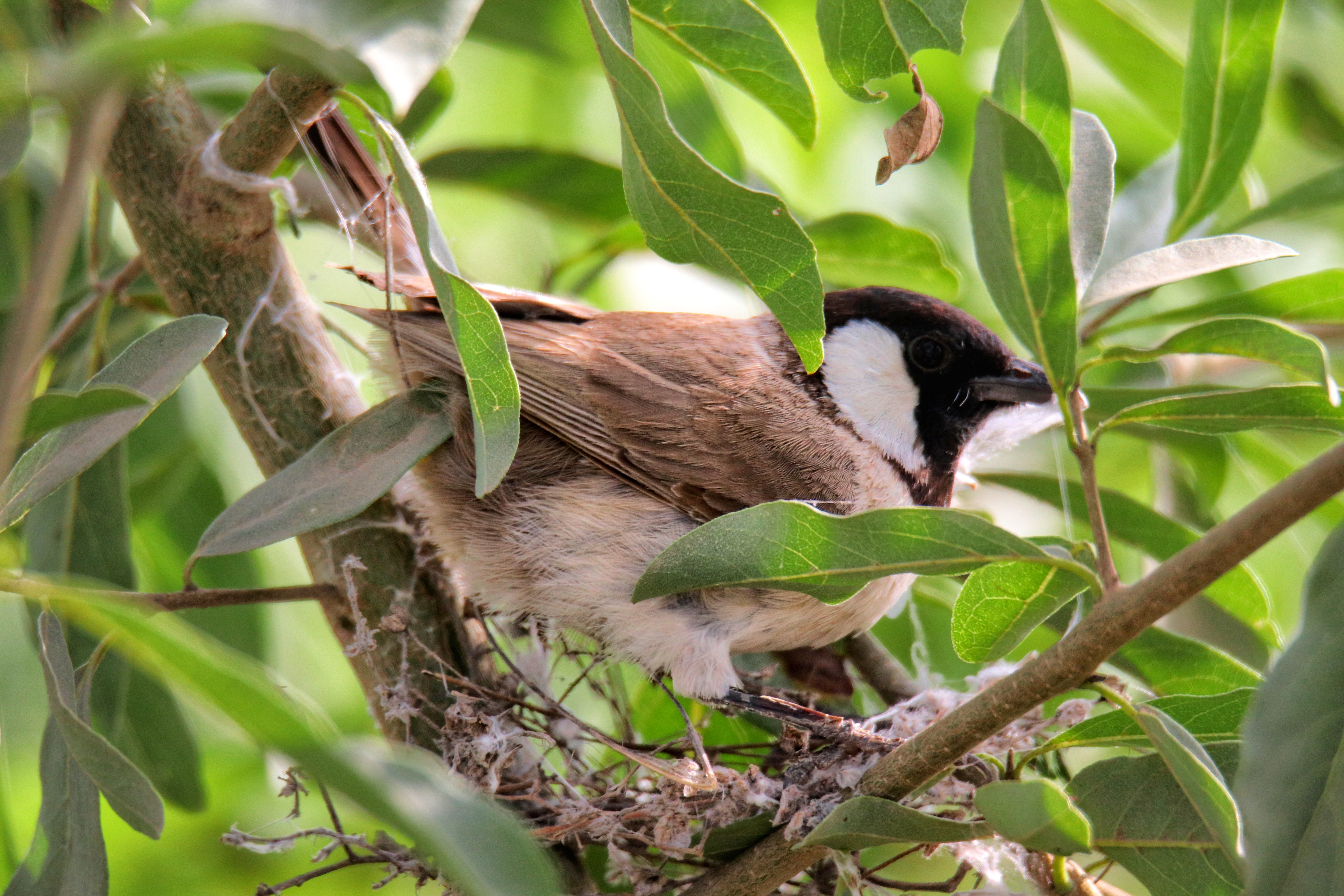
The climate is heating up too quickly for people and nature to adapt, pushing millions of species towards extinction. It has started affecting our air, land, and water quality. This year, “Only One Earth” is the campaign for World Environment Day, which calls for individual and collective efforts. Marine environment plays a huge role in mitigating climate change. We often read about the importance of mangroves – a tropical tree/shrub that grows in swampy areas. They not only stabilize the marine ecosystem but also store all the carbon from the atmosphere in their soil and biomass.
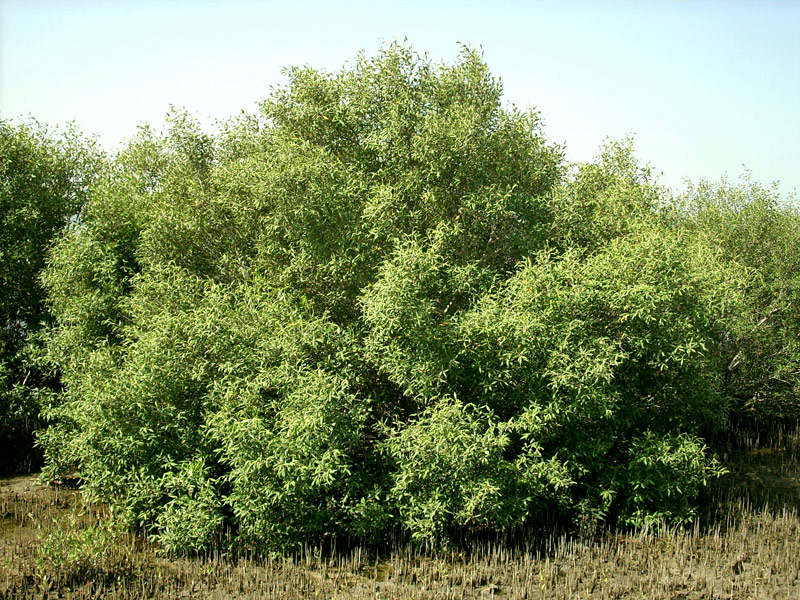
As efforts by researchers and governments intensified for mangrove restoration and conservation, Adani Foundation is carrying out the large-scale mangrove plantation and development project at Mundra in the Kutch region of Gujarat. It was in the year 2011 that the Adani Foundation team visited Luni Hamrira costal belt which was occupied with lightly grown mangroves in a scattered manner, despite being a good intertidal zone. Our goal was clear – to convert it into dense mangrove forest. Several initial meetings were organized for project planning and implementation and finally it was decided to start nursery development of Avicania Marine, a local species of mangrove. We involved the fisherfolk community in their off-season. The nursery development, plantation and maintenance would provide them an alternative livelihood.
In the first year, the survival rate was lower, but soon with optimal training and experience, the fisherfolk brought up the survival rate to 90%. After 12 years of rigorous effort, an area of approximately 160 hectares at Luni coast is now a dense mangrove forest. During this time, we also envisioned and implemented a multi-species Mangrove Biodiversity Park in an area of 12 hectares (at present) which would extend up to 25 hectares in collaboration with the Gujarat Institute of Desert Ecology (GUIDE), Bhuj, Kutch in due course of time. This Park will become a knowledge centre on the mangrove ecosystem and simultaneously conserve the species of Avicenna Marina, Rhizophora Mucronata, Ceriops Tagal, and Ceropos decandra.
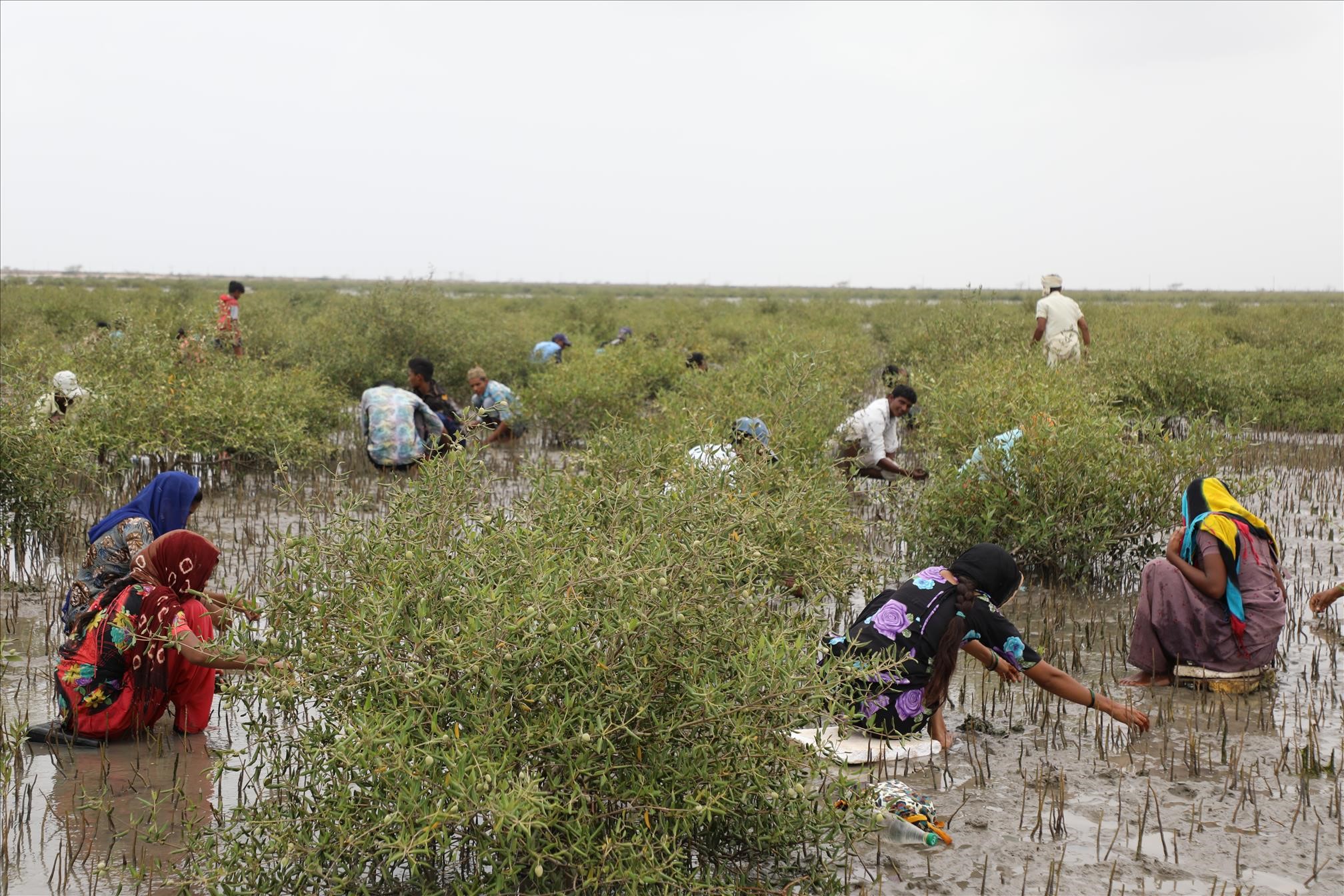
During my interactions with the fisherfolk community, one of the most overwhelming things that I found was that regardless of occupation or age, each member of the community held great knowledge of the mangrove. The tangled roots of mangroves provide a unique habitat for various marine species, including the mud crab which enables them with an additional source of livelihood, while becoming barriers for cyclone and soil erosion. The forests support coastal biodiversity to thrive by providing shelter to a wide range of reptiles, birds, and mammals. It is evident that the mangrove forests are an integral part of the lives and livelihood of thousands of communities which rely on them. Hence, they are the best people to manage them.

Another initiative to augment environmental biodiversity that I have seen take shape is the Smriti Van Memorial Park – a unique idea of Prime Minister Shri. Narendra Modi to commemorate the death of 13,805 people who lost their lives to the massive earthquake which shook Bhuj in 2001. 20 years later, the earthquake still evoke fear and an irreparable sense of loss – so in 2021, the Smritivan project was born to honour the lives lost in the past by nurturing the Mother Earth with a variety of species, creating a green belt for the future generations.
The Smriti Van memorial will occupy 406 acres of space of the Bhujia Dungar near Bhuj; Part of it is a museum, Convention Centre, Sunset Point and Ecological Park. For the ecological park, many stakeholders have come forward to share responsibility to develop the 24 acres land that has been demarcated to plant 3 lakh trees of local species. Under Phase – 1, the Govt of Gujarat through GSDMA will be planting 1 lakh trees across 15 acres through Miyawaki methodology – a strategic tree plantation technique that results in dense forestation. In this methodology, two to four trees are planted per square meter. Miyawaki forests grow in two to three years and are self-sustaining. They help lower temperatures, reduce air and noise pollution, attract local birds and insects, and create carbon sinks.

Adani Foundation has supported the development of 3 acre land in which 90+ species of trees have been planted. The scope of work includes development of the nursery, soil enrichment, plantation of saplings, mulching, biomass application, water supply, and maintenance.
Theory is one thing and witnessing the progress is another. I can see how fast the forest is growing, and we are already enjoying its benefits. Cool breeze, shade of trees, and clean air, soil & water should be a reality for our future generations. Supporting restoration of the environment through community engagement and partnership model is at the heart of Adani Foundation’s CSR efforts – while the Mangrove Biodiversity Park and Smriti Van Memorial Park are flourishing, other works are being initiated for enrichment and enhancement of biodiversity spots.



